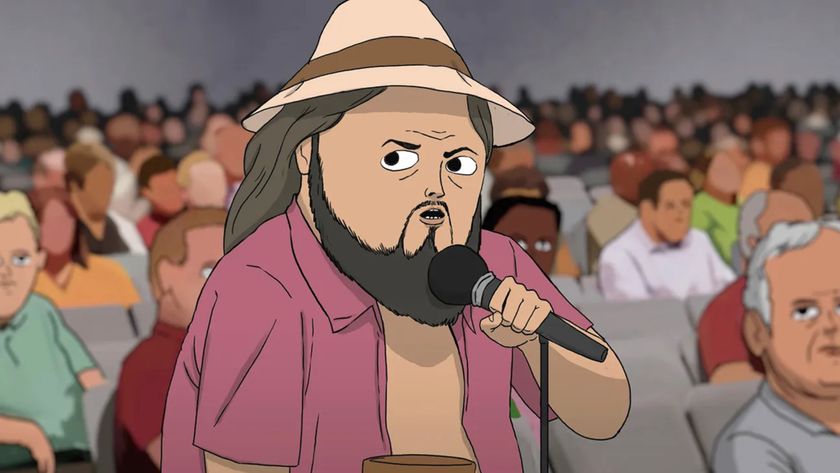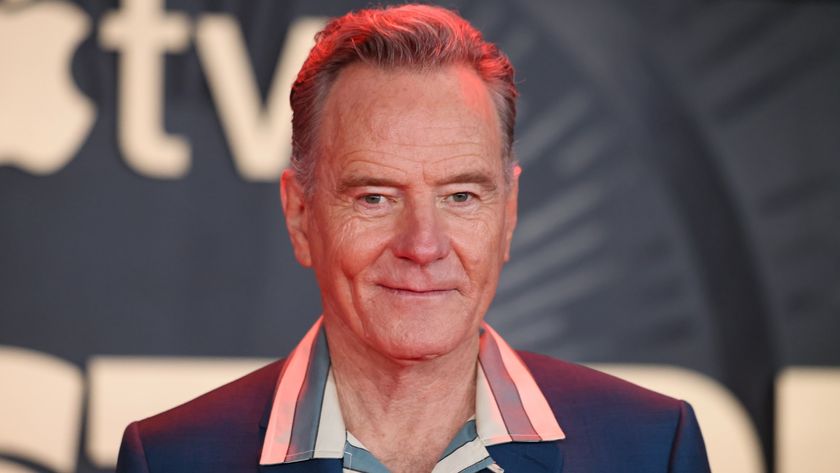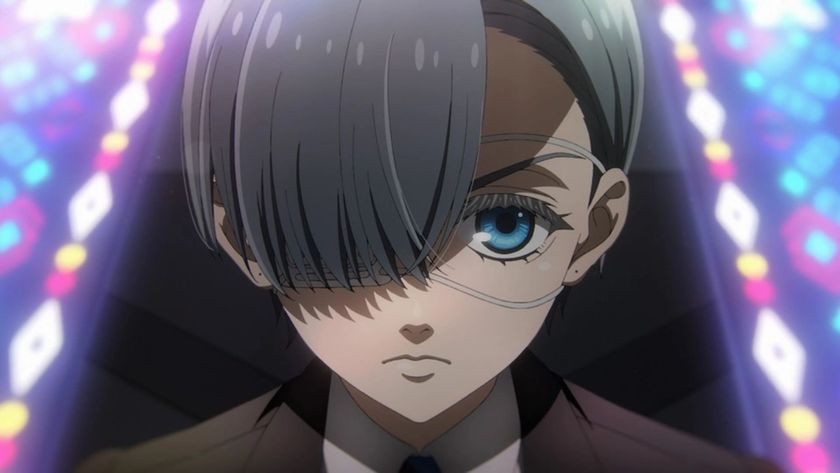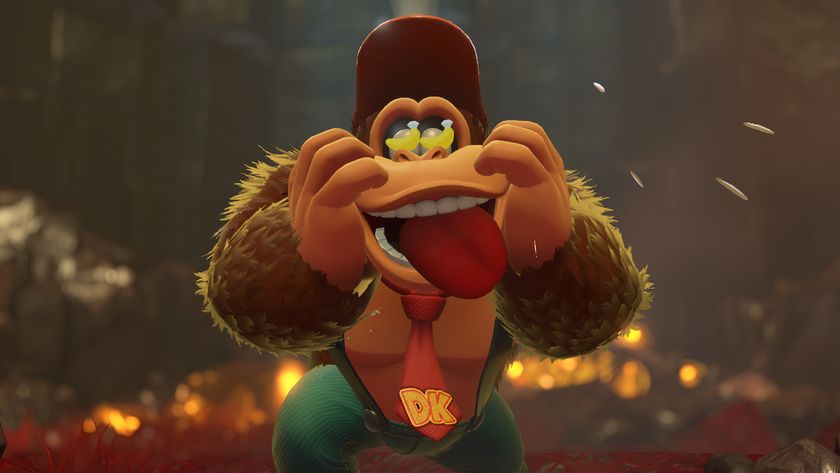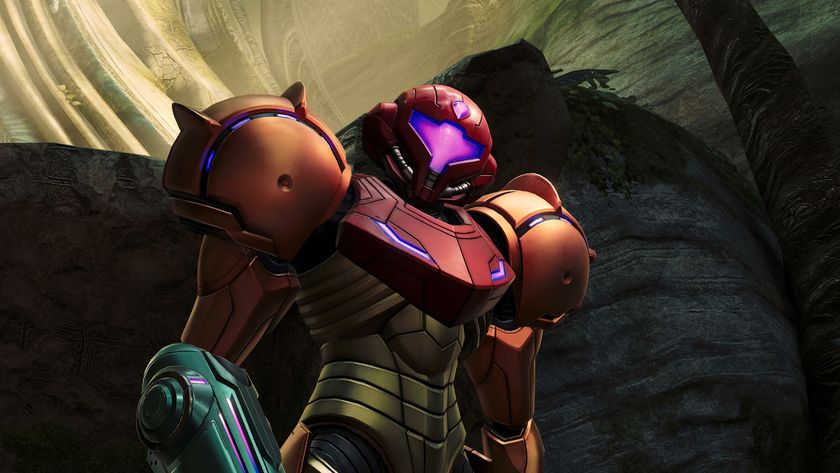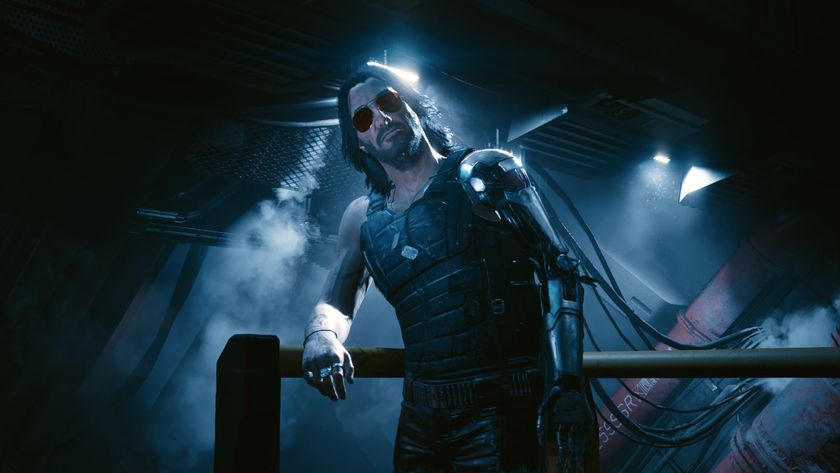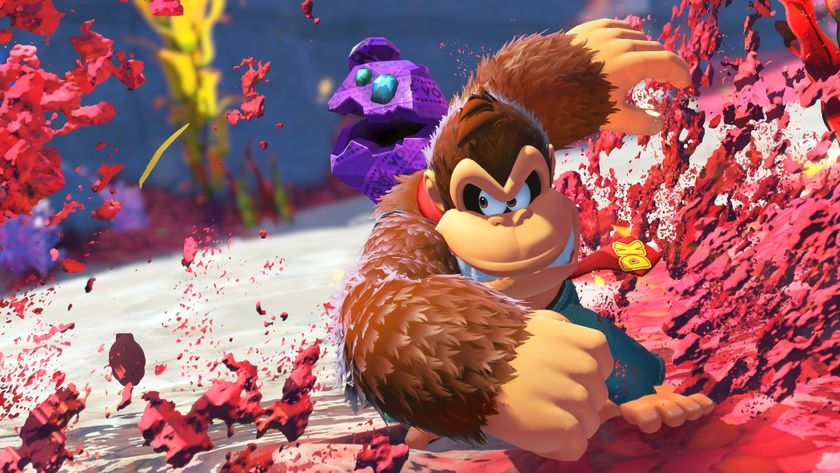The Story Behind The Simpsons
totalfilm.com looks back at 20 years of Springfield…
This year marks the 20th anniversary of America’s longest-running sitcom, The Simpsons.
In fact, this week way back in 1989, creator Matt Groening and his team were hard at work on the first season. Unbeknown to them, they were about to unleash a yellow-tinged phenomenon that would assault pop culture for the next two decades…
1. The Tracey Ullman Years
In 1987, James L Brooks – veteran TV producer (Taxi, The Mary Tyler Moore Show) and award-winning writer/director (Terms Of Endearment, Broadcast News) – was brought in to produce The Tracey Ullman Show for the fledgling Fox network.
A half-hour sketch show showcasing the characters of Brit comedian Ullman, Brooks needed a device to break up the skits. Having been impressed by Groening’s Life Is Hell comic strip, he decided that a series of animated segments was the way to do it.
Unwilling to hand Fox the rights to his own popular satire, Groening instead offered to create new characters for Brooks’ show, based on his own family (dad Homer, mum Majorie, sisters Lisa and Maggie). And so The Simpsons were born…
Brooks and Groening recruited Ullman Show regulars Dan Castellaneta and Julie Kavner to voice Homer and Marge respectively. Squeaky-voiced actress Yeardly Smith nabbed the role of Lisa, while professional voice artist Nancy Cartwright was a shoe-in for Bart (“That’s it. That’s him. That’s Bart!” Groening declared immediately after meeting her).
Sign up for the Total Film Newsletter
Bringing all the latest movie news, features, and reviews to your inbox
With the voice cast and animation studio Klasky-Csupo on board, Groening set to work on a series of minute-long ‘bumpers’ – stopgaps that would end up getting the biggest laughs of the show…
Next: Simpsons go primetime [page-break]
2. Welcome To Springfield
The Tracey Ullman Show was a critical success, but it wasn’t a huge ratings winner. The well-liked Simpson family stayed with Ullman until her penultimate third season, during which they graduated from a number of mini-shorts into one, longer story per episode.
Then, in 1989, Groening and Brooks decided to give The Simpsons their own show. “I designed The Simpsons to be a TV series,” said Groening.
“That was always my secret plan. The idea of putting animated characters on at primetime was controversial. I was worried that just having one shot at getting people’s attention wouldn’t do it.”
Fox wasn’t sure. There hadn’t been a successful primetime animation since The Flintstones in the ’60s, so the suits needed some convincing.
Brooks used his considerable Hollywood clout to back the move and – spurred on by interest from rival network ABC and the thumbs-up from the boss, News Corp CEO Rupert Murdoch – the Fox execs gave The Simpsons the green light.
With experienced TV writer Sam Simon on board and some much-improved animation, The Simpsons debuted on 17 December 1989 with Christmas special ‘Simpsons Roasting On An Open Fire’ – in which the family recruited pet pooch Santa’s Little Helper.
The realistically flawed-yet-likeable characters and subtle satirising of the American Dream had critics and audiences raving, but the country’s staunch right-wingers were far from impressed…
Next: Heroes (and villains) [page-break]
3. Bartmania
The Simpsons’ first series was one of the 1989-90 TV season’s 30 highest-rated shows – a first for the Fox network. Not everyone was a fan, though.
President George HW Bush infamously said that American families should aspire to be “a lot more like the Waltons and a lot less like the Simpsons.”
Most of the Republicans’ vitriol was aimed at Bart, the show’s rebellious, underachieving lead. Bart was accused of being a bad role model for the youth of America – a claim the makers unashamedly rebuffed in season two opener, ‘Bart Gets An F’.
In the episode, Bart is faced with repeating the fourth grade until his prayers for a snow day are answered, giving him time to study for a fateful history test.
A whopping 33.6m viwers tuned in (as of 2009, it’s still the highest-rated episode in the show’s history) to support the prank-calling tyke.
“I think it’s important that Bart does badly in school,” James L Brooks announced. “There are students like that. You don’t run across that many role models in real life. Why should TV be full of them?”
The Simpsons merchandising juggernaut generated around $2 billion in revenue over the show’s first couple of years, with Bart as the poster boy.
During ‘Bartmania’, the character featured on millions of lunch boxes, pencil cases and T-shirts, spouting defiant catchphrases like “Eat my shorts” and “I’m Bart Simpson. Who the hell are you?”
He even released a chart-topping single (co-written by Simpsons fan Michael Jackson), ‘Do The Bartman’.
Next: From strength to strength [page-break]
Favourite character? Favourite episode? Worst. Episode. Ever? Let us know!
